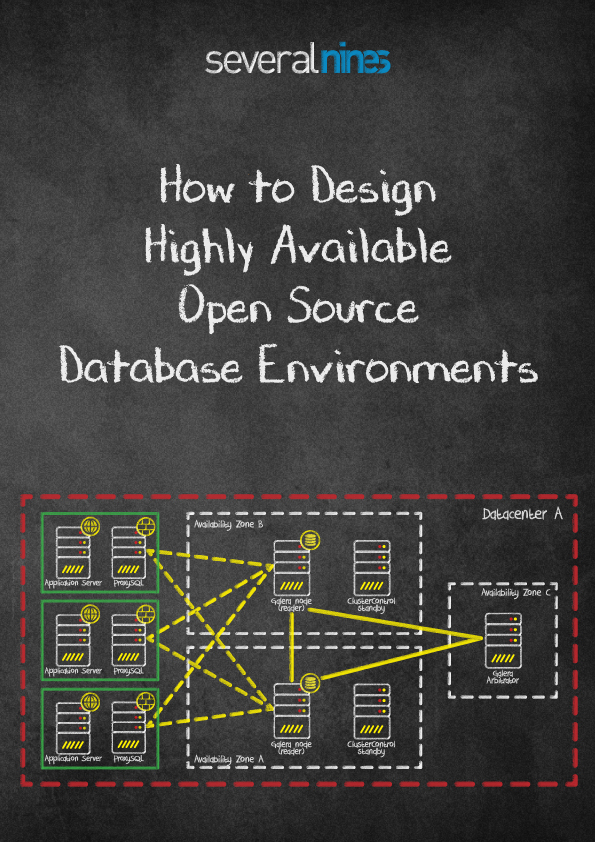blog
How to Design Highly Available Open Source Database Environments

We’re happy to announce that our latest technical whitepaper on how to design highly available open source database environments is now available to download.
Written back our colleague Krzysztof Książek, Senior Support Engineer at Severalnines, this new whitepaper is aimed at Database Administrators, System Administrators and others who may be asking themselves questions such as: How do you tell if your environment is highly available or not? How would you measure it? What are the steps you need to take in order to improve availability? How to design your setup to make it highly available from the beginning?
It discusses high availability basics, provides insight into how to design your environment for high availability and provides examples of some of the most common highly available setups.
High availability is a must nowadays for any serious deployment and the days when you could schedule a downtime of your database for several hours to perform a maintenance are long gone. For today’s businesses, unavailable services equal lost customers and money. Making a database environment highly available therefore has to be one of the highest priorities.
Of course, there are many many HA solutions available in the MySQL (and MariaDB) ecosystem, but how do we know which ones we can trust?
Some solutions might work under certain specific conditions, but might cause more trouble when applied outside of these. Even a basic functionality like MySQL replication, which can be configured in many ways, can cause significant harm – for instance, circular replication with multiple write-able masters. Although it is easy to set up a ‘multi-master setup’ using replication, it can very easily break and leave us with diverging datasets on different servers. For a database, which is often considered the single source of truth, compromised data integrity can have catastrophic consequences.
Download our new whitepaper and learn about the requirements for high availability in database setups, and how to design the system from the ground up.






